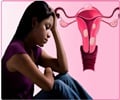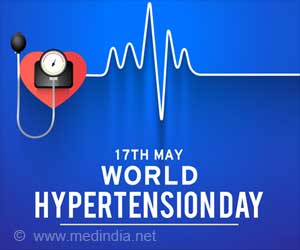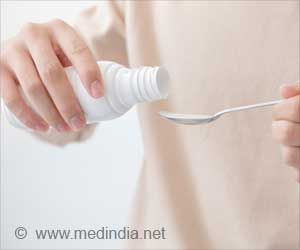- Toxic metal exposure can diminish ovarian reserve and trigger early menopause
- Higher metal levels are correlated with reduced levels of anti-Müllerian hormone in the bloodstream
- Addressing and minimizing potential environmental risks is essential for promoting the well-being of women in midlife
Heavy Metals and Trajectories of Anti-Müllerian Hormone During the Menopausal Transition
Go to source).
Menopause and its Adjuvant Risks from Toxic Metal Exposure
Menopause, a natural part of the aging process for women, marks the cessation of monthly periods. The transition to menopause, occurring between ages 45 and 55, typically spans about seven years and includes symptoms such as changes in menstrual cycles, hot flashes, and night sweats.Did You Know?
Toxic chemicals infiltrate our bodies through ingestion, inhalation, and absorption. According to the WHO, toxic chemicals contribute to about 2 million deaths from a variety of health outcomes, including heart diseases, chronic respiratory diseases, and cancers.
Toxic Metal Exposure Linked to Reduced Ovarian Reserve
Examining 549 middle-aged women in the Study of Women’s Health Across the Nation (SWAN) during the menopausal transition, researchers identified evidence of heavy metals—such as arsenic, cadmium, mercury, or lead—in their urine samples.Analyzing AMH (Anti-Müllerian hormone) blood test data from up to a decade before the women's final menstrual periods, the study revealed a correlation: women with elevated metal levels in their urine exhibited a higher likelihood of having lower AMH levels, indicating a diminished ovarian reserve.
Read More to Know About ‘Toxic Chemicals in Everyday Products can Cause Uterine Fibroids’
AMH serves as a biological clock for the ovaries, providing insights into the remaining egg count and indicating potential health risks in midlife and later stages of life.
In summary, the discovery of toxic metals like arsenic, cadmium, mercury, and lead diminishing the ovarian reserve in middle-aged women highlights environmental health risks during the menopausal transition. It also underscores the importance of addressing and mitigating potential hazards for women's well-being in midlife and beyond.
- Heavy Metals and Trajectories of Anti-Müllerian Hormone During the Menopausal Transition - (https://academic.oup.com/jcem/advance-article-abstract/doi/10.1210/clinem/dgad756/7582943)
Source-Medindia
















